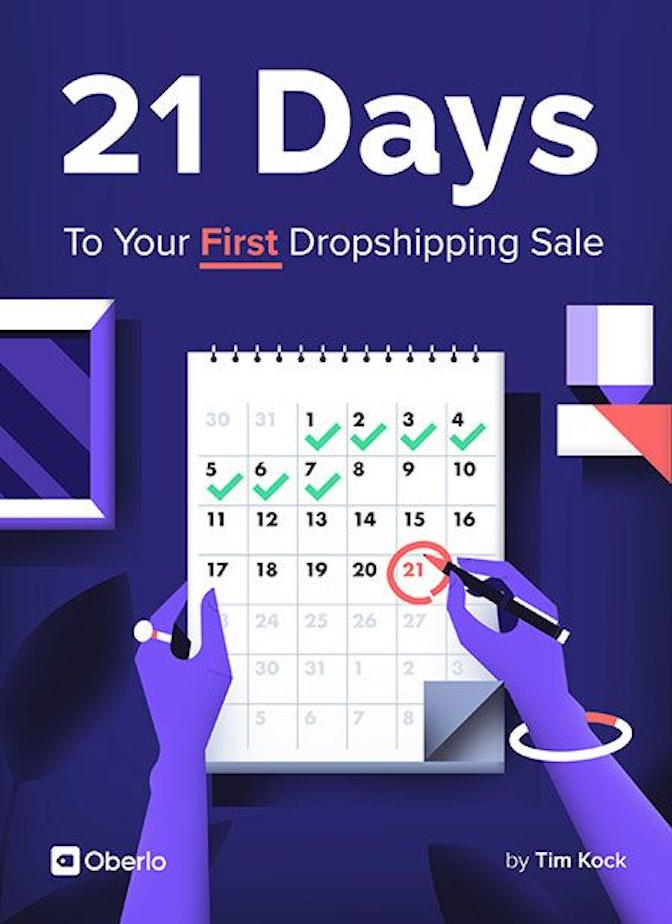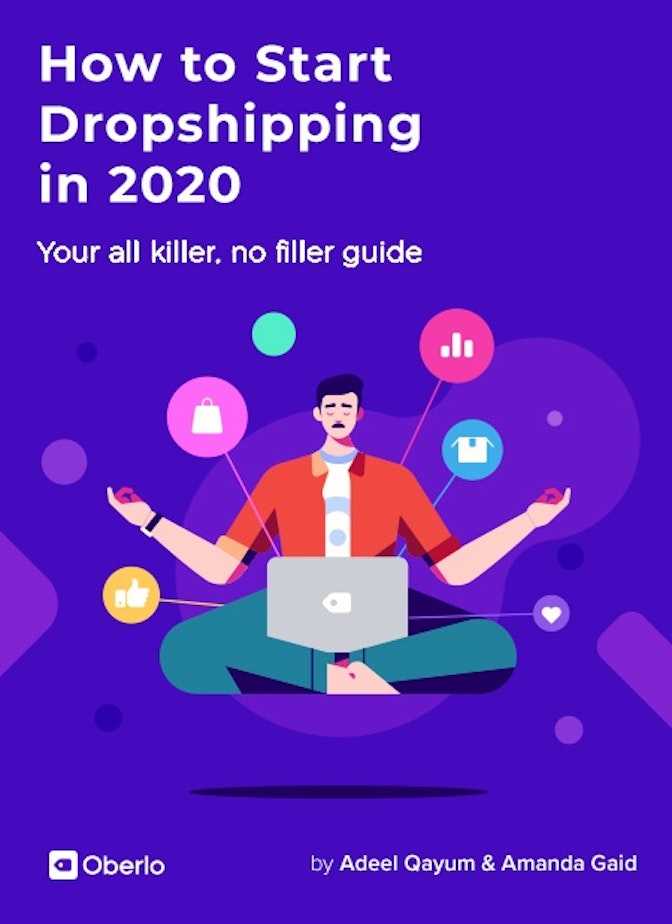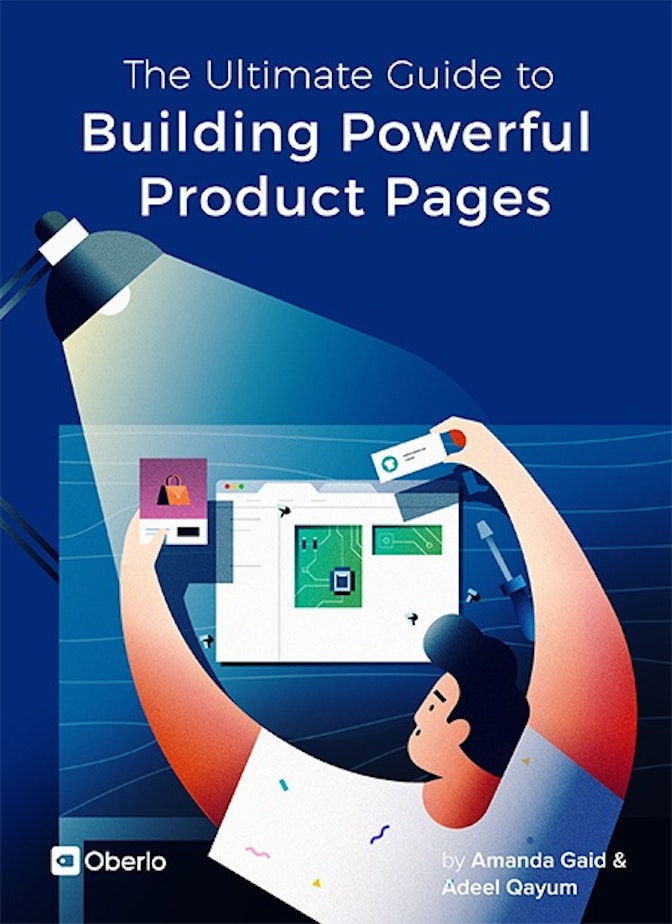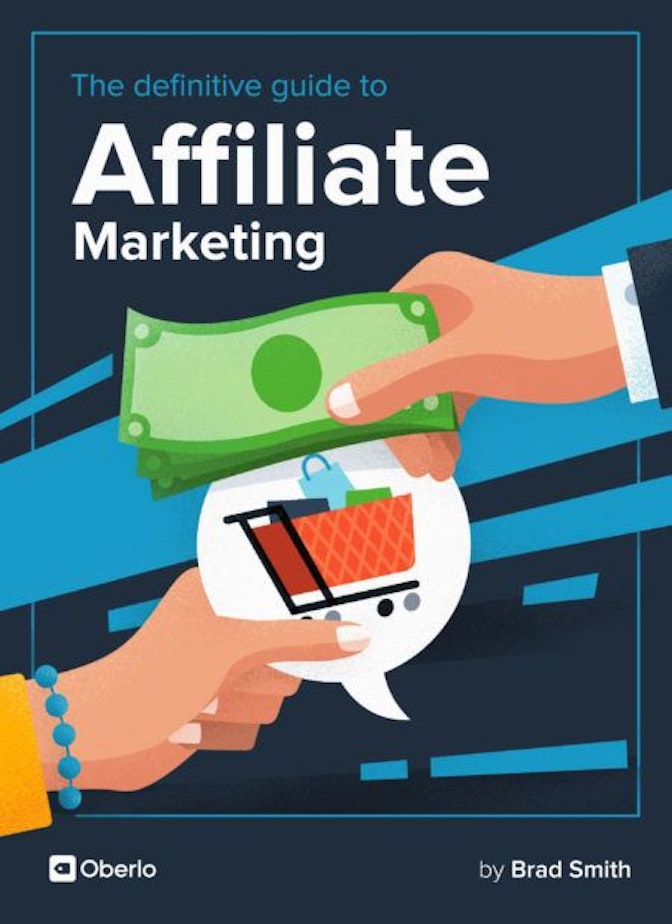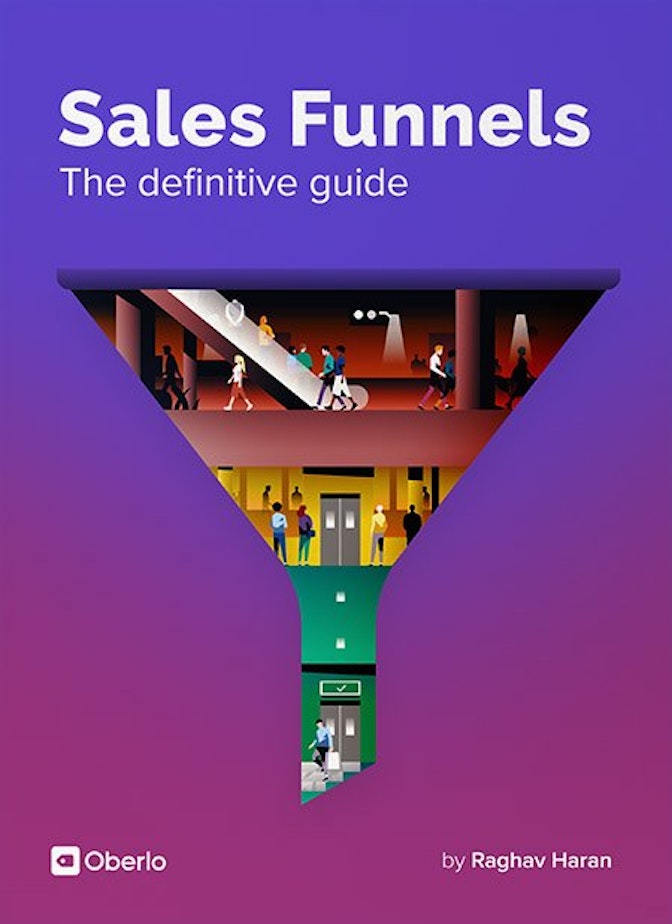Introduction
Throughout this course, we’re going to follow my friend Amanda – a new dropshipping entrepreneur who asked me for some help starting her first store. She’s agreed to share her process with you so you can see how attainable it really is. Along the way, she asked me lots of awesome questions that I'm excited to share with you. And I think they'll answer a lot of your questions too.
